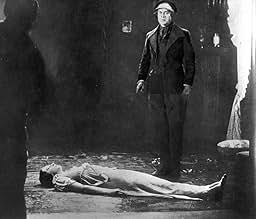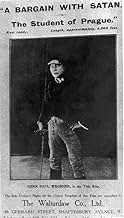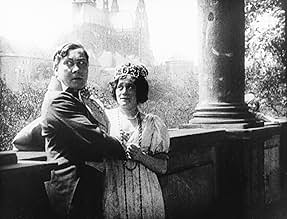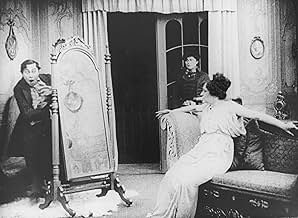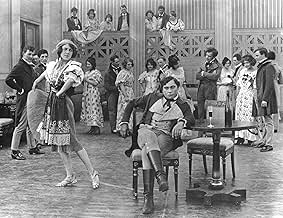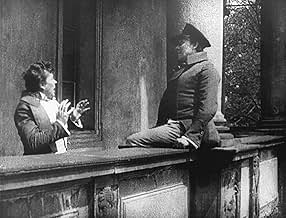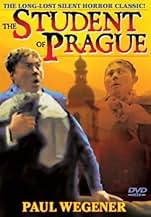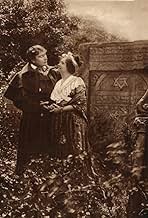The poor student Balduin sells his mirror image to the satanic sorcerer Scapinelli. He falls in love with a countess and tries to win her over. But his mirror image receives a life of its' o... Read allThe poor student Balduin sells his mirror image to the satanic sorcerer Scapinelli. He falls in love with a countess and tries to win her over. But his mirror image receives a life of its' own and sabotages Balduin's every move.The poor student Balduin sells his mirror image to the satanic sorcerer Scapinelli. He falls in love with a countess and tries to win her over. But his mirror image receives a life of its' own and sabotages Balduin's every move.
- Lyduschka, a Gypsy Girl
- (as L. Salmonowa)
- Self - with cap at Belvedere
- (uncredited)
Featured reviews
Moving at a fast pace (the film runs just over an hour) and fairly well written and characterised, 'The Student of Prague' has echoes of the Faust legend as well as Dr Jekyll and Mr Hyde, starting as it does with a pact with a mysterious figure of potential evil, and developing into good and evil sides of the same person.
Based on Edgar Allen Poe's short story "William Wilson," "The Student of Prague" contains several expressionistic features. Its set lighting, especially in the card-playing sequence, where the actors are highlighted at the table while the background is completely dark, was unique in 1913. This contrasting light/dark Chiaroscuro lighting would become a trademark in future German Expressionism films.
Also, the story lends itself to an expressionistic idea: a financially struggling student unwittingly accepts money for what turns out to be a soulless Doppelgänger (a mirror image of lead actor Paul Wegener, the student). Cinematographer Guido Seeber was able to create the double image within a single frame seamlessly, using the special effects split screen to convince his audience the witnessing of a real spiritual being whose ultimate existence is to ruin the student's life.
The director, Stellan Rye, who died early in World War One (November 1914) in a prisoner of war camp, used the landmarks of Prague to make his fantasy tale more believable, another Expressionist imprint. Lastly, the German obsession with traits that are ripe for expressionistic examination, narcissism and greed leading to ultimate destruction, are all addressed here as well as future German classics such as "The Cabinet of Dr. Caligari (1921)," " Nosferatu (1922)," and "Metropolis (1927)."
The film is marred by some limitations arising out of the technically primitive state of 1913 filmmaking; the plot cries out for chiaroschuro effects, but the film is, of necessity, virtually all shot in shadowless daylight. But the scene where the reflection walks out of the mirror still packs a wallop.
More interesting for the trends it fortells than for its own sake, The Student of Prague is still worthwhile.
Did you know
- TriviaThis is sometimes considered to be the first horror film ever made.
- Quotes
Balduin, a Student: Ruined am I! Procure for me the luckiest ticket in the lottery or a dowered wife.
- Alternate versionsThere is an Italian edition of this film, included as Bonus Feature, on DVD "IL GOLEM" (1915), re-edited with the contribution of film historian Riccardo Cusin. This version is also available for streaming on some platforms.
- ConnectionsFeatured in Fejezetek a film történetéböl: A német film 1933-ig (1989)
- How long is The Student of Prague?Powered by Alexa
Details
- Release date
- Country of origin
- Official site
- Languages
- Also known as
- A Bargain with Satan
- Filming locations
- Hradschin, Prague, Czech Republic(view of the castle and it's surroundings)
- Production company
- See more company credits at IMDbPro
- Runtime1 hour 23 minutes
- Sound mix
- Aspect ratio
- 4:3
- 1.33 : 1
Contribute to this page


